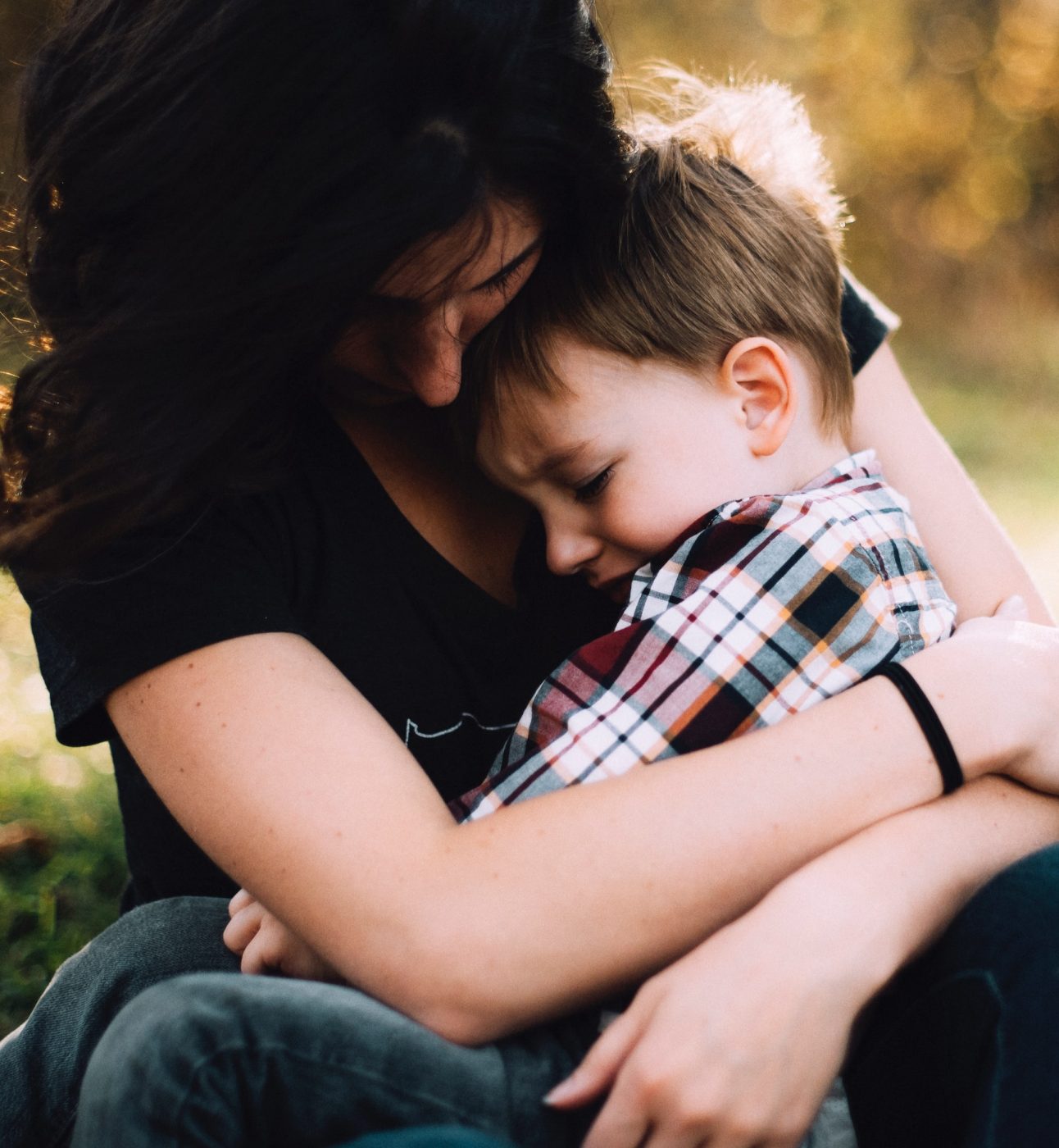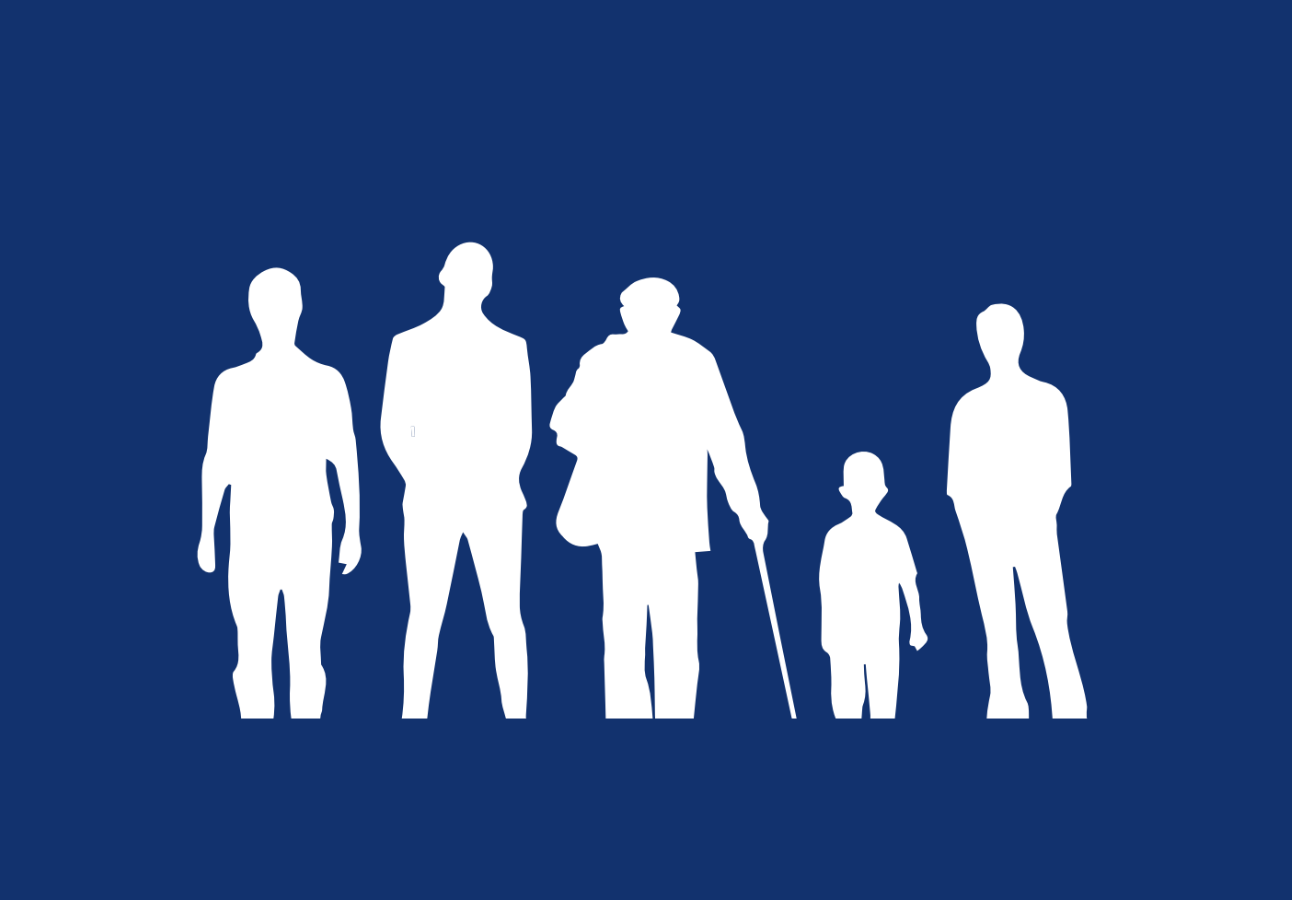
Experiences of male victims in the context of Children’s social care
Luke Martin draws on his extensive experience working in the domestic and sexual abuse sector, to look at the response of Children’s Social Care to matters of domestic abuse and the disparity between the risk we identify male perpetrators posing to that of female perpetrators
The response of Children’s Social Care to matters of domestic abuse has changed drastically in the last few decades, however, there is still often a disparity between the risk we identify male perpetrators posing to that of female perpetrators. There is limited research on the topic, so that which I draw on is anecdotal from my work as a Male Idva.
Most of my engagement with Children’s Social Care has been supporting male clients whose female partners were substance dependent, and more commonly alcohol than drugs. As we are aware when looking at perpetrators use of violence, the violence would increase whilst under the influence but there would always be abuse used whilst sober. There was a misconception that perpetrators would stop abusing when they addressed their use of substances, which was not the case.
Tom and Jane wished to stay together, but their Social Worker had highlighted that there were many issues that needed to be addressed for this decision to be supported. Jane used high levels of physical violence whilst drunk and there was often glass broken during incidents, with children aged ten, three and two in the property. Jane was also pregnant with her fourth child. Children’s Social Care was alerted as the oldest sibling would remove the younger two and take them to a neighbour when incidents were taking place.
On attending a Child Protection Conference the Chair was very quick to suggest couples counselling might be of benefit. As an Idva I had to challenge this as we know it might increase risk, which was acknowledged. It was also noted that Jane had previously experienced abuse from ex-partners and that maybe she should be referred in to an Idva service to work with her around these experiences. This also caused challenges as the abuse was historic, and ultimately it was not the historic experience of abuse that was putting both Tom and the children at risk. Jane might need support around her previous experiences, but The Children’s Act informs us that the welfare of the child is paramount.
A common belief expressed by agencies working with male victims and female perpetrators, including Children’s Social Care, is a belief that domestic abuse is completely different when perpetrated by women. It isn’t. We explore the same aspects of coercive control and risk of physical harm, including weapon use. The gender split is hugely disproportionate, with 92% of perpetrators being male and 84% of victims being female, and us seeing far fewer male victims who are at high risk coming forward. All professionals need to have an understanding of men’s experiences of abuse and recognising abuse perpetrated by women. The case of Alex Skeel highlights the risk that a female perpetrator can pose; when found by the Police Skeel was told by a medical professional that he was ten days away from death at the hands of his abusive partner, Jordan Worth. Skeel and Worth had two young children, who were present in the property as the ongoing abuse took place.
Thoughts of women using violence or abuse goes against society’s perception that women should be demure and placid, caring and loving. This must shift in the same way we are having conversations around toxic masculinity and a fear for men in showing emotion, being seen as weak, or more explicitly, demonstrating behaviour linked to society’s ingrained beliefs of how a woman should behave. Understanding of gendered roles needs to shift in both camps.
In conclusion, a lack of understanding and the weaponisation of children and the Children’s Social Care system can lead to male victims being further abused or isolated from accessing help and support from key agencies. It’s up to all professionals to work together and increase understanding, to improve outcomes for all victims and survivors.
About Luke
Luke Martin has over a decade’s experience working in the domestic and sexual abuse sector. With both an academic and practical background in the field, Luke has established himself as one of the leading professionals on working with male victims of domestic and sexual abuse.
Luke most recently worked as the Domestic and Sexual Violence and Violence Against Women and Girls Training Lead for Brighton and Hove City Council, building and delivering over 25 training packages across the city before going freelance in January 2019. Luke is an approved Respect trainer, as well as an associate trainer for SafeLives, Rock Pool and AVA.
Academically, Luke is a guest lecturer for Goldsmith’s University on MA Understanding Domestic Violence and Sexual Abuse. With an academic background in Law, he also lectures on several law and criminology courses. In 2016 Luke also published ‘Debates of Difference: Male Victims of Domestic Violence and Abuse’ in ‘Domestic Violence: Interdisciplinary Perspectives on Protection, Prevention and Intervention’, published by Palgrave Macmillan. More information is available on his website.
You may also be interested in


Men and boys

